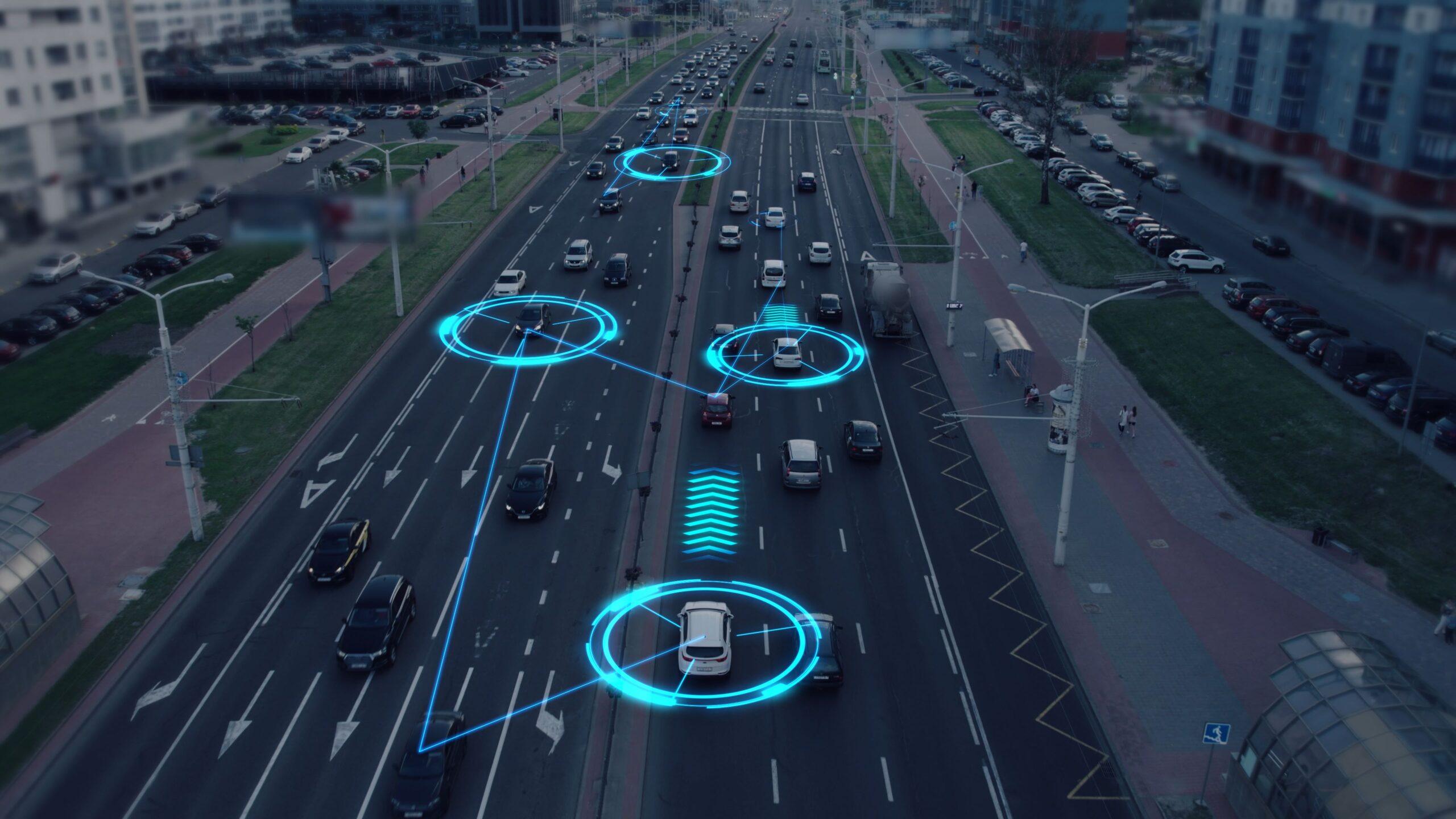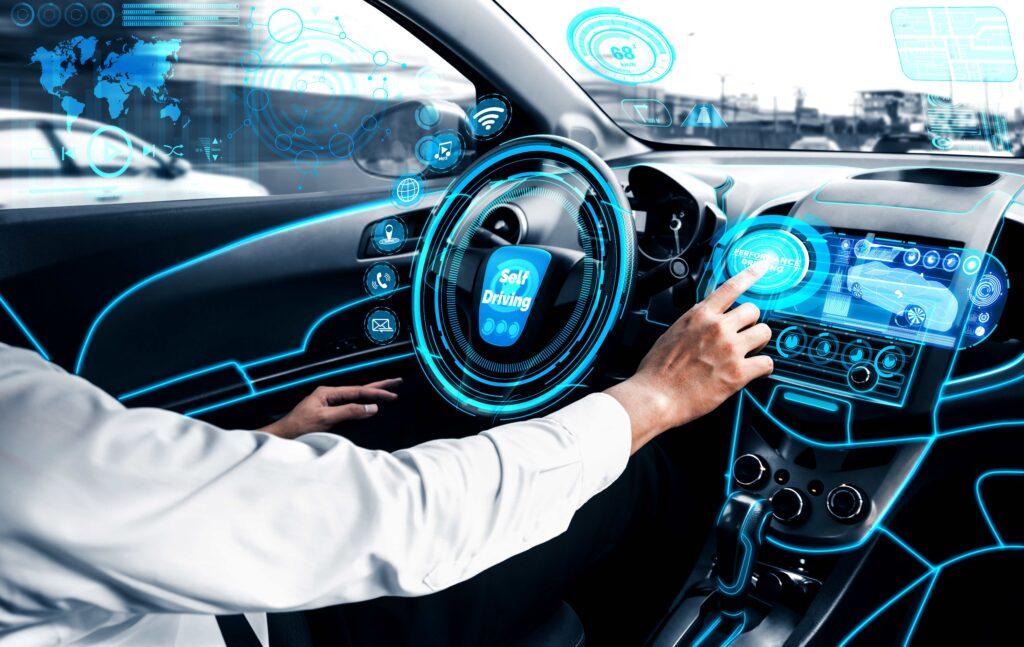The rapid development of technology in the automotive sector has triggered a revolution in recent years. At the heart of this transformation are so-called “Smart Cars”—connected vehicles that are fundamentally changing the way we move. This article explores the role Smart Cars will play in the future of mobility, how they optimize the driving experience, and what challenges still need to be overcome.
The Evolution of Connected Vehicles
The idea of a connected vehicle is not new, but it has only become a reality through recent advances in telecommunications and sensor technology. In the past, vehicles were mainly the focus of mechanical innovations, but today it’s all about digital connectivity.
But what makes a car “smart”?
Smart Cars are equipped with sensors, cameras, and complex computer chips that can collect and exchange information in real-time. This data enables the vehicle to make autonomous decisions, such as during autonomous driving, or actively assist the driver. For example, a connected car could identify hazards on the road and warn the driver before they notice them themselves. But how advanced is this technology really? The reality shows that while we are on a promising path, the widespread adoption of such vehicles may still take a few more years.
Connectivity and Safety: A New Era of Driving
One of the main arguments for developing Smart Cars is the improvement of vehicle safety. By connecting vehicles with each other and with the infrastructure, accidents can be drastically reduced. A connected car can receive information about road conditions, weather, or other vehicles nearby within seconds and react accordingly.
What challenges does this bring?
The security of these systems depends not only on the hardware but also on the software and network infrastructure. Hacking and system failures could potentially have catastrophic consequences if not adequately addressed. Is society ready to rely on this technology? Despite the risks, the benefits outweigh them, as connected vehicles have the potential to significantly reduce the number of traffic accidents and strengthen people’s trust in these new technologies. With precise vacuum gauges, pressure conditions in various technical applications can be accurately monitored.

The Impact of Smart Cars on the Environment
In addition to safety, environmental protection also plays a central role in the discussion about Smart Cars. Since many of these vehicles are electrically powered and their driving behavior is optimized, they contribute to reducing emissions.
To what extent can Smart Cars actually help solve our environmental problems?
The key lies in combining electromobility and intelligent driving. Connected vehicles can adjust their route and driving behavior to minimize energy consumption. They also enable seamless integration into Smart Cities, where they are connected with other modes of transport to further reduce energy consumption. The development of “greener” vehicles goes beyond just the powertrain. Materials and manufacturing processes also play an important role, and here technologies like vacuum gauges can be crucial in quality control and efficiency improvements during production.
Smart Cars and the Future of Urban Mobility
Another important aspect of connected vehicles is their potential to revolutionize urban mobility. In large cities, where space is limited and traffic jams are the norm, Smart Cars could be the solution to many problems.
But what could such a future look like?
Imagine self-driving cars, autonomously organized in fleets, complementing or even replacing individual car ownership. These vehicles could transport not only people but also goods more efficiently through cities. But is our infrastructure ready for this? Close cooperation between the automotive industry, urban planners, and policymakers is required to create the necessary conditions. Connected vehicles could also interact with existing public transport systems to optimize traffic. For example, a Smart Car could calculate the best departure time based on traffic conditions and the availability of parking spaces at the destination.
A Promising Future for Connected Vehicles
The development of Smart Cars is still in its early stages, but the progress made so far is promising. Connected vehicles not only offer the possibility to make driving safer and more environmentally friendly but also fundamentally change the way we think about mobility in our cities and beyond. The integration of technologies like vacuum gauges shows that even small details in vehicle production can have a significant impact on efficiency and sustainability. While challenges remain, particularly regarding safety and infrastructure, the overall trend is clear: Connected vehicles will play a central role in the mobility of tomorrow. With each further advancement, we are moving closer to a future where driving will not only be safer and more efficient but also more enjoyable and sustainable.
Picture Credits:
Summit Art Creations – stock.adobe.com // AlinStock – stock.adobe.com
